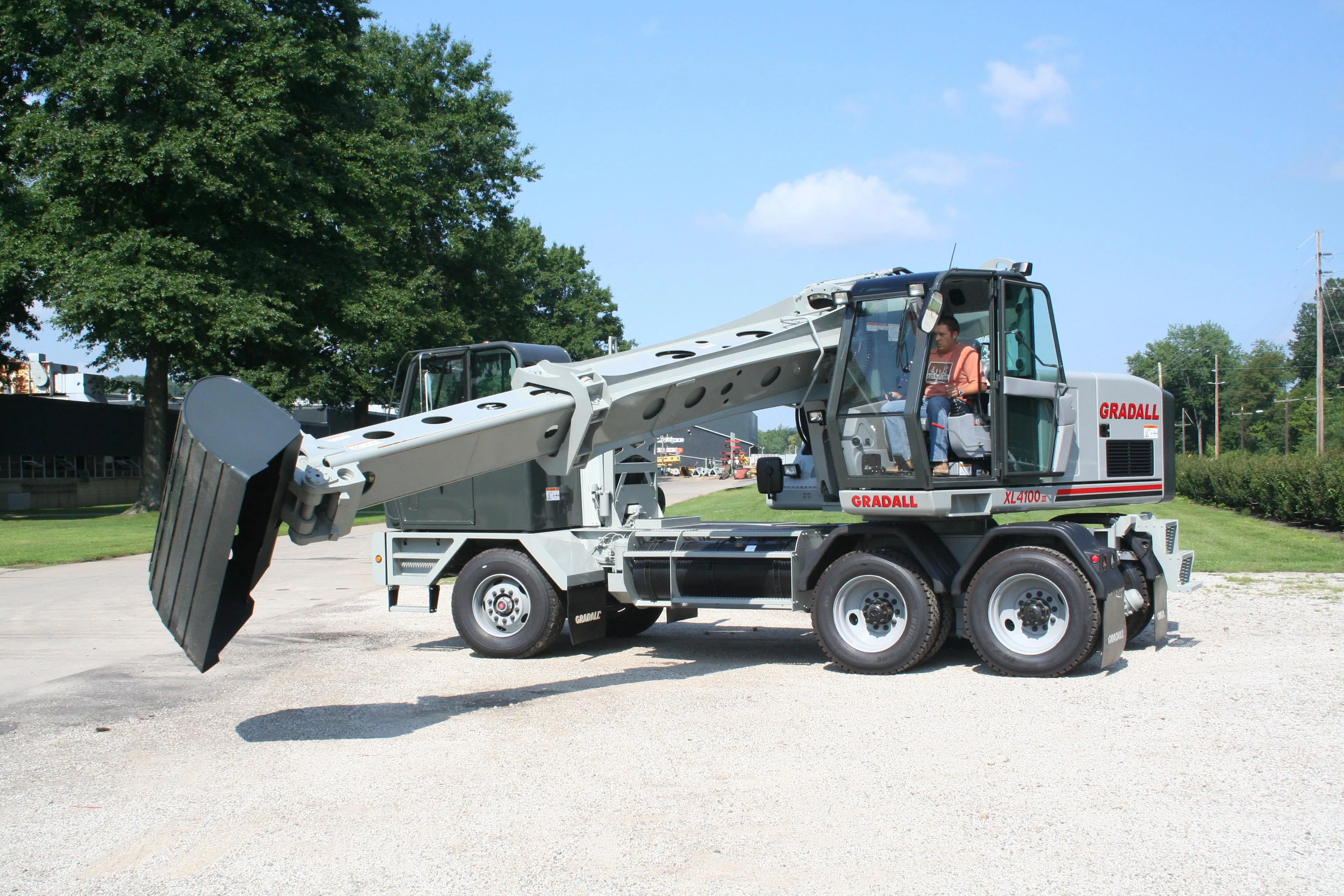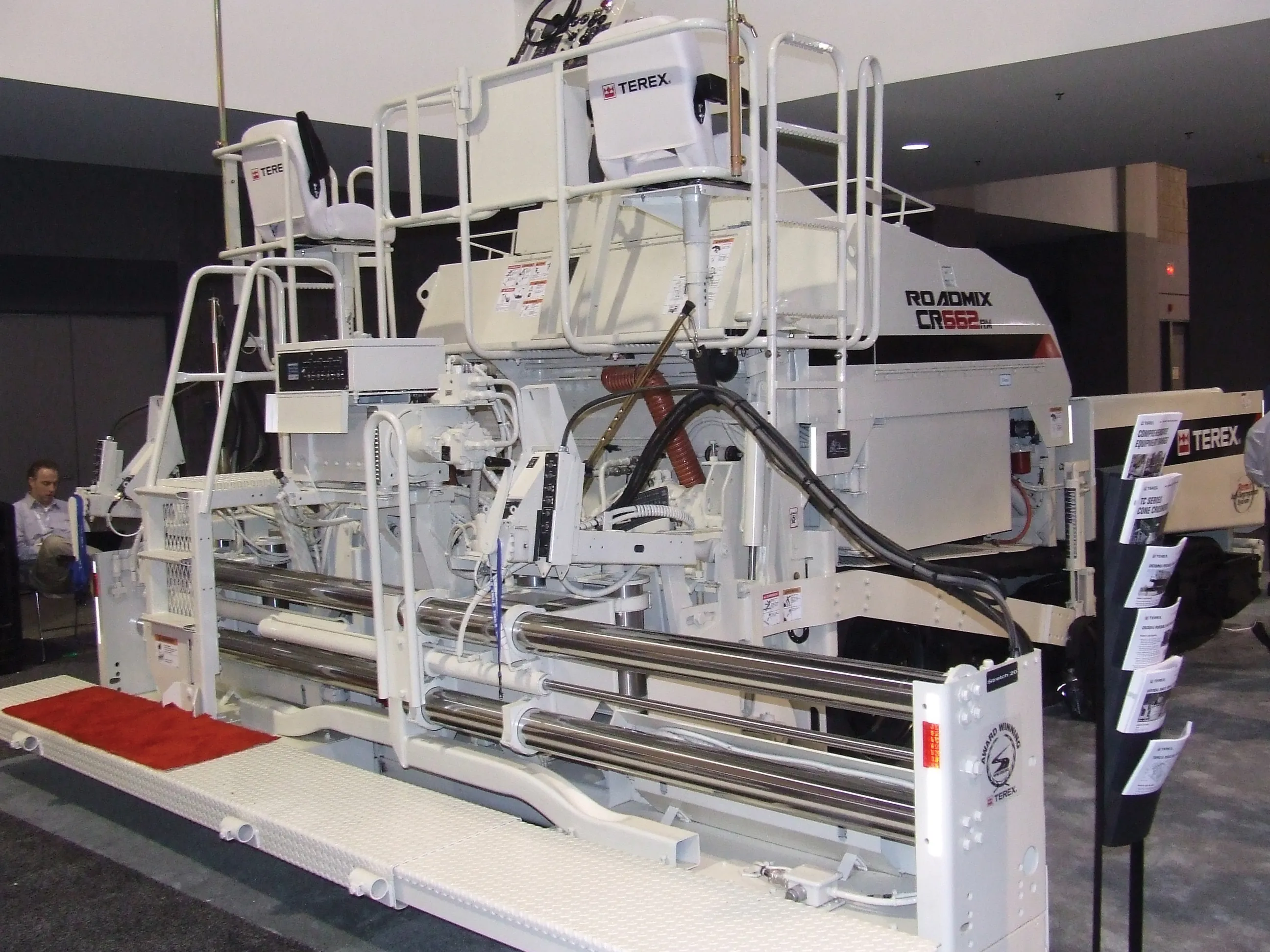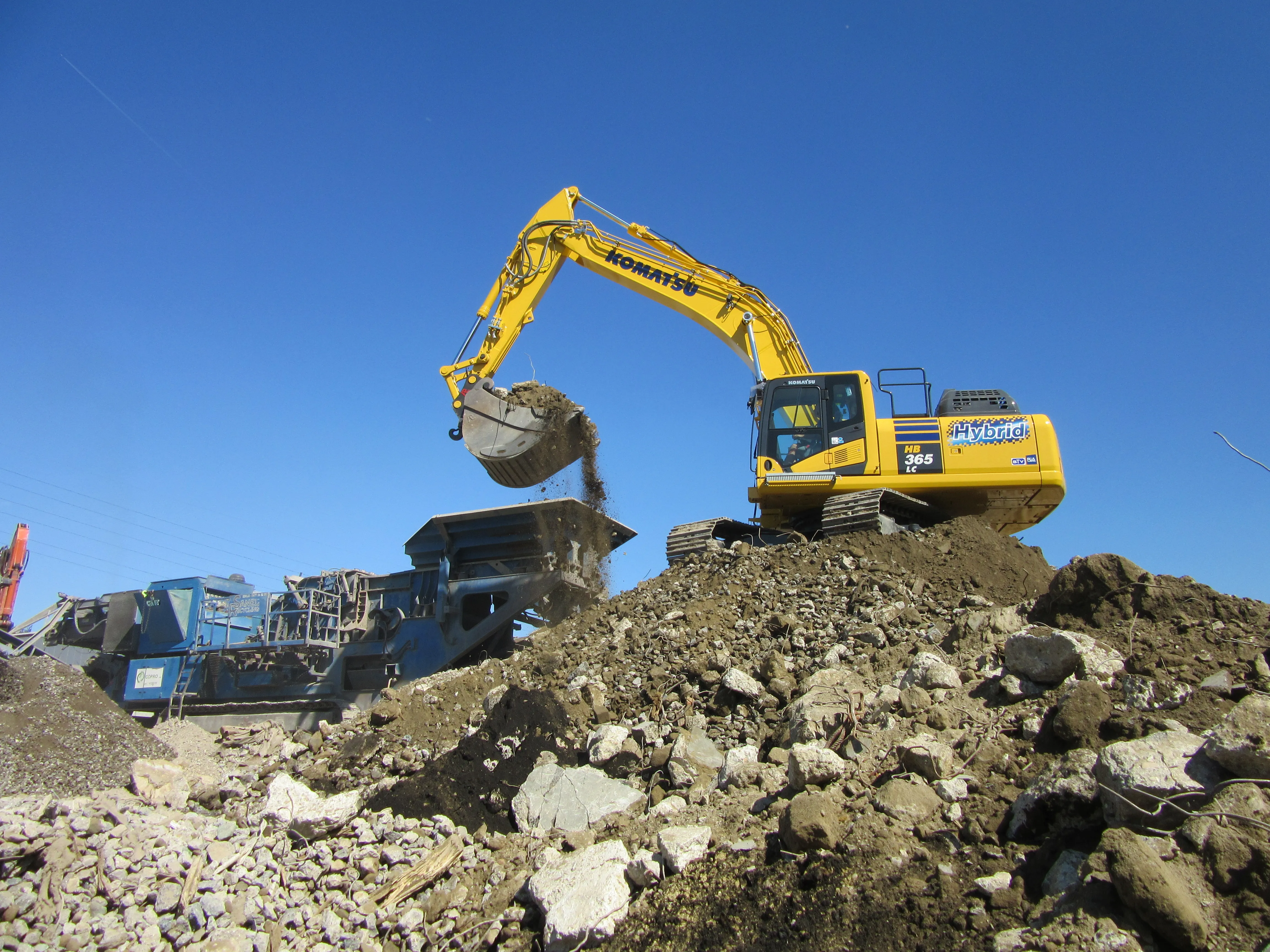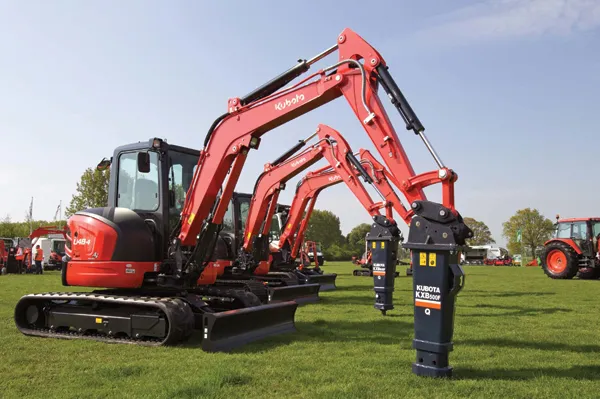Gradall Industries continues to develop its mobile excavators with the launch of the new XL4100III model. Highly mobile, the XL410III can be driven to job sites without the cost for a truck and lowboy trailer. Power comes from a fuel-efficient Detroit Diesel Mercedes engine that meets Tier 3 noise and emissions legislation. The machine is able to work in tighter spaces than its predecessor as its tail-swing is 305mm shorter. The carrier is offered in either 6x4 or 6x6 configurations, which weigh in a 21.5to
July 16, 2012
Read time: 2 mins

Gradall Industries continues to develop its mobile excavators with the launch of the new XL4100III model. Highly mobile, the XL410III can be driven to job sites without the cost for a truck and lowboy trailer. Power comes from a fuel-efficient 2960 Detroit Diesel 2796 Mercedes engine that meets Tier 3 noise and emissions legislation. The machine is able to work in tighter spaces than its predecessor as its tail-swing is 305mm shorter. The carrier is offered in either 6x4 or 6x6 configurations, which weigh in a 21.5tonnes and 22.4tonnes respectively.
The advanced hydraulic system features load-sensing valves with circuit reliefs on all circuits, increasing efficiency. The boom offers a maximum reach of 9.22m at grade; a dig depth of 6.17m and a lift height of 6.83m. The operator can quickly change between an array of attachments including excavating, trenching, ditching, pavement removal and dredging buckets. Also available are a single-tooth ripper, grading blade, tree limb shear, grapple, and boom extensions including the Telestick. A live boom extension can give the XL 410 III the ability to reach over obstacles and into ditches. Maintenance costs are said to be low while the new diesel allows for extended oil and filter changes, fuel filter and coolant replacement and valve adjustments and most service points can be reached at ground level.
The advanced hydraulic system features load-sensing valves with circuit reliefs on all circuits, increasing efficiency. The boom offers a maximum reach of 9.22m at grade; a dig depth of 6.17m and a lift height of 6.83m. The operator can quickly change between an array of attachments including excavating, trenching, ditching, pavement removal and dredging buckets. Also available are a single-tooth ripper, grading blade, tree limb shear, grapple, and boom extensions including the Telestick. A live boom extension can give the XL 410 III the ability to reach over obstacles and into ditches. Maintenance costs are said to be low while the new diesel allows for extended oil and filter changes, fuel filter and coolant replacement and valve adjustments and most service points can be reached at ground level.









